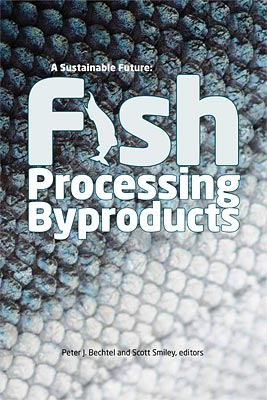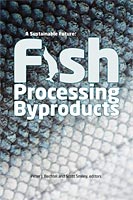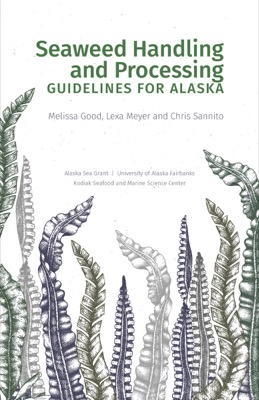
Composition of hydrolysate meals made from Alaska pollock, salmon, and flatfish processing byproducts: Comparisons with traditional Alaska fish meals
S. Smiley, S. Plante, A.C.M. Oliveira, and P.J. Bechtel
- Price: $1.50
 This is part of A Sustainable Future: Fish Processing Byproducts
This is part of A Sustainable Future: Fish Processing Byproducts| Format | Price | |
|---|---|---|
| PDF download [218.2 KB] | $1.50 | Add to Cart |
Description
Alaska annually processes roughly 2.2 million metric tons of fish harvested for human food, generating some 1.5 million t of fish waste, depending on season, species composition, and product form. In the western Gulf of Alaska and along the Bering Sea, larger seafood processing operations are mandated by regulation to effectively handle the byproducts of seafood processing. These large processors employ wet reduction processing to manufacture fish meal, bone meal, fish oil, and stick water. Other seafood processing operations in Alaska, although smaller and often seasonally operated, could potentially employ less capital-intensive methods such as enzymatic hydrolysis, to cost effectively handle processing byproducts. In this project, dried hydrolysate meals were made from the byproducts of seafood processing, derived from commonly encountered Alaska commercial species, collected during the different harvesting seasons. To establish their utility, these hydrolysate meals were chemically characterized as to proximate composition, mineral content, lipid class, fatty acid, and amino acid analyses. The data from this study may be useful in developing markets for hydrolysates made from Alaska fishery byproducts.
Item details
- Item number: AK-SG-10-02v
- Year: 2010
- DOI: https://doi.org/10.4027/sffpb.2010.22



